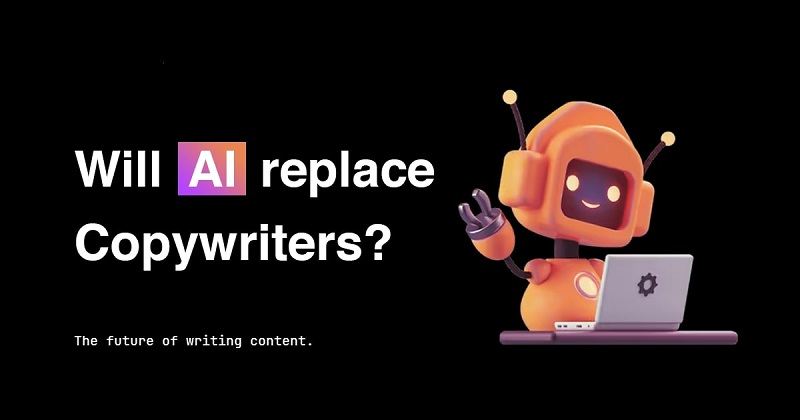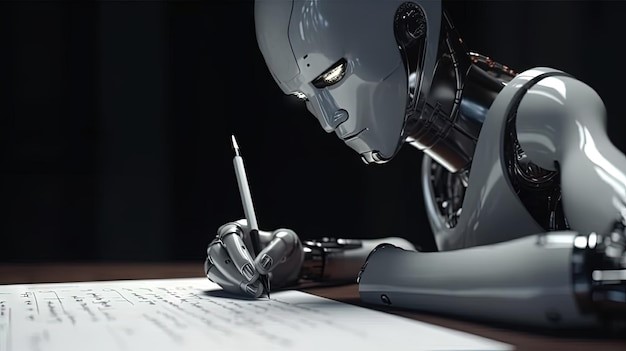
Navigating the AI Era: A Copywriter’s Insight
In the dynamic landscape of content creation, the advent of AI has ushered in a paradigm shift. Its promise: streamlined processes, quick turnarounds, and seemingly limitless creativity. But where does that leave the traditional copywriter? What is our role in this brave new world?
As a seasoned copywriter, I’ve witnessed firsthand the revolutionary changes AI has brought about. This article is my introspective journey, navigating the uncharted waters of AI in the domain of content creation.
Embracing the Digital Colleague
Initially, the arrival of AI in content creation was met with skepticism. Many saw it as a threat to their livelihood, fearing redundancy in the face of tireless, efficient AI systems.
However, over time, it became apparent that AI is less an adversary and more a digital colleague. It streamlines repetitive tasks, leaving room for creative exploration and critical thinking — the essence of copywriting.
The Strengths of AI
AI systems, with their vast datasets, can generate content at lightning speed. They can analyze trends, predict user behavior, and produce tailored content with precision.
Moreover, for tasks like SEO optimization and keyword research, AI tools have proven invaluable. They process enormous amounts of data in moments, providing insights that would take humans hours to deduce.
Where Human Touch Prevails
While AI excels in data-driven tasks and speed, it lacks the nuance, emotion, and context understanding that human writers bring. The stories that resonate, evoke emotions, and create lasting impact are often rooted in human experiences and perspectives.

The Synergistic Approach
Instead of viewing AI as competition, embracing a synergistic approach is the way forward. By combining the computational power of AI with the emotional intelligence of humans, we can produce content that’s both efficient and evocative.
For instance, AI tools can draft an initial version, which can then be refined, restructured, and reimagined by a human writer, infusing it with emotion, humor, and relatability.
Conclusion
AI’s presence in the world of copywriting isn’t a sign of the end, but a new beginning. It’s an opportunity to redefine our roles, to delegate, and to focus on what we do best: connecting with readers through words and stories.
The future of copywriting, in an AI-dominated world, is not just about coexistence but collaboration. Together, we can usher in a new era of content creation that combines the best of both worlds.
